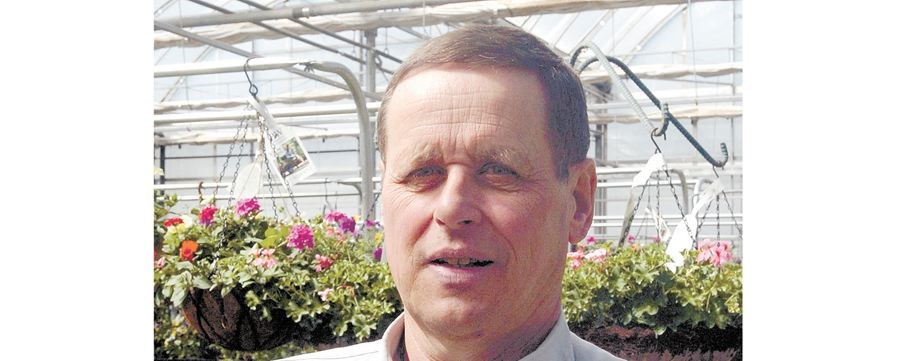The recent mild temperatures have been welcomed by many of us, as we are still able to work outdoors and get a head start on next spring.
In our yard at home, we have been able to cut all the perennials back to 10 to 15 centimetres from the ground. You want to leave about 10 to 15 cm of stems so that the remaining stems will catch the snow for extra winter protection.
Trimming back the perennials now will mean one less chore next spring, as well as keeping the landscape looking tidy, and also removing nesting materials and spaces for rodents such as mice. So will cleaning up the yard by removing debris and finished plant material that can be used for nesting.
Another chore that is good to get caught up on is removing any weeds from flowerbeds, landscapes and the garden. Any weed that is removed now will not get a chance to set seeds or grow a strong root system, which means a clean, weed-free start next spring.
Cleaning and repairing tools now will not only extend the life of your tools, but also make them ready to go next spring. First remove all the soil and dirt from the metal part of shovels, spades, garden forks etc., as soil can cause metal to corrode. Soil can be removed by first using a wire brush to get the majority of it off and then by washing the remaining soil off with warm water mixed with a small amount of dish detergent. Another option is to fill a bucket with sand and add enough recycled oil to moisten the sand. Place the metal part of the tool in the oil-moistened sand and move it around so that the sand removes the soil and the oil coats the metal. It is important to apply oil to all metal parts to prevent rust.
After these tools have been cleaned, the edges can be sharpened. On spades, shovels and forks the 20- to 30-degree bevel is on the inside edge of the tool and on hoes it is on the outside edge. Wooden handles on tools should be washed, lightly sanded, and then rubbed with linseed oil to prevent them from splintering. After the tools have been cleaned, store them in a dry place.
A good set of pruners can last for years if looked after properly. Pruners should be cleaned using a mild bleach solution to kill any diseases. This should be done after each time you prune, especially when removing diseased branches. Do a thorough check on all the moving parts to make sure that everything works and lubricate all springs and pivot points. Pruning tools can be sharpened by using one continuous stroke to the outer edge of the cutting edge so that the bevel is uniform.
Garden hoses should not be left outdoors over the winter months as this will shorten their lifespan. Hoses should be removed from taps, and all the water be drained out. Then they can be loosely rolled or placed on a hose reel making sure that there is no kinks or sags. These should all be stored in a dry space.
Cleaning and maintaining garden equipment such as wheelbarrows, lawnmowers and tillers before they are stored will lengthen their lifespan and ensure that things are ready to use next spring. Go over the equipment - removing dirt and grime - tighten or replace nuts, bolts and screws and lubricate moving parts and wheels. Fix any rust problems before they get worse. Check the lawnmower blade and sharpen it if it needs it.
All these things that can be done now won't have to be done next spring.



